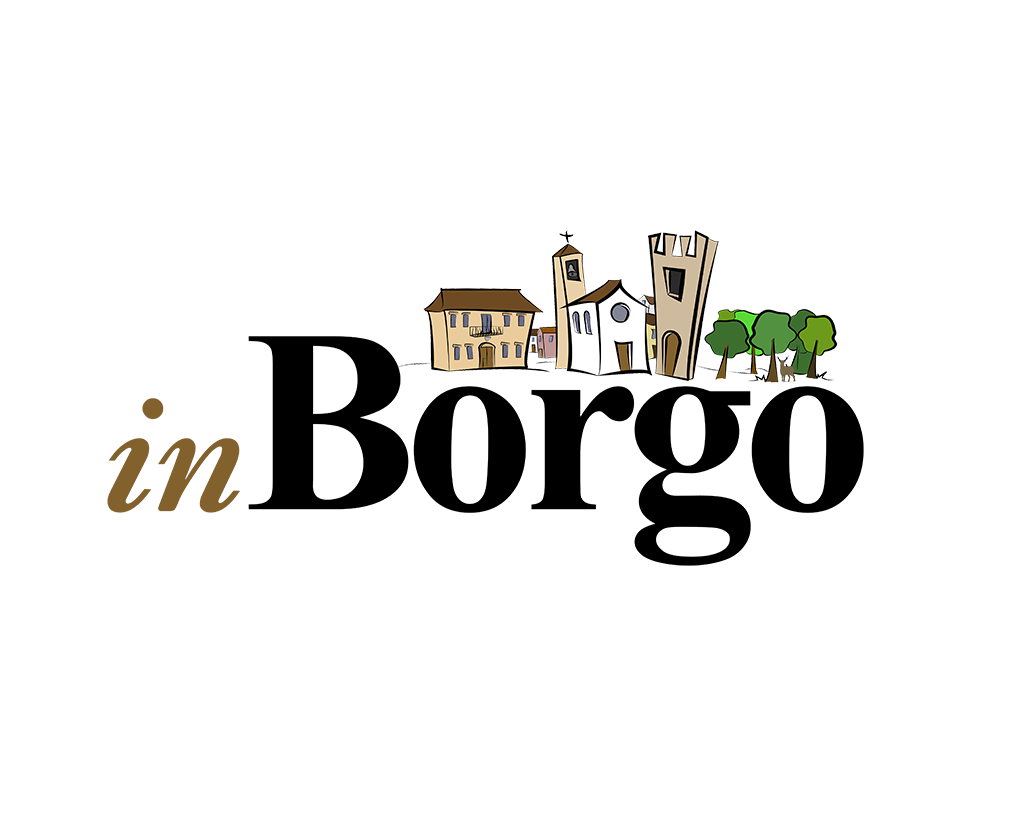TESTO IN ITALIANO-
L’episodio di oggi inborgo vi porta a Castellabate, in provincia di Salerno nella regione Campania.
La storia di Castellabate, inizia ufficialmente nel milleecentoventitrè. In questa data, l’abate Costabile Gentilcore della Badia di Cava de’ Tirreni, decise di edificare un castello su un’altura a ridosso del mare. Il nome stesso “Castellabate” deriva da “Castello dell’Abate”, a testimonianza di questa origine.
La costruzione del castello fu motivata dalla necessità di proteggere la popolazione e il territorio dalle incursioni dei Saraceni. La sua costruzione iniziò il dieci ottobre milleecentoventitrè per iniziativa di Costabile Gentilcore, quarto abate della Badia di Cava dei Tirreni. I monaci benedettini di Cava dei Tirreni bonificarono le terre sotto i normanni e ottennero il privilegio di costruire una fortezza per difendere la popolazione dai saraceni. Dopo la morte di Costabile, il Beato Simeone, quinto abate, completò la fortezza nel millecentotrentotto e costruì un porto per sviluppare i commerci. Concesse ai sudditi case, terre e riduzioni fiscali. Il castello, caratterizzato da grossi torrioni in laterizio, ospita cerimonie nella sala delle conferenze e al suo interno si trovano torri, gallerie sotterranee e, secondo la leggenda, una strada nascosta che collega il castello a Punta Licosa.
Interessante da ricordare è il sistema difensivo di Castellabate che includeva diverse torri costiere per avvistare e difendersi dalle imbarcazioni saracene. La torre meglio conservata è la torre normanno-aragonese della “Pagliarola” o “Perrotti”, che insieme a palazzo Perrotti sovrasta la Marina Piccola di Santa Maria. Questa struttura medievale, potenziata nel millecinquecentosettanta, proteggeva gli scambi commerciali del porticciolo “Travierso”. È composta da una torre a pianta circolare, circondata da una torre più bassa costruita successivamente.
Interessantissimi anche gli edifici religiosi, come La Basilica Pontificia di Santa Maria de Gulia: Costruita nella prima metà del dodicesimo secolo. La basilica di Santa Maria de Gulia, conosciuta anche come Santa Maria Assunta, si trova a Castellabate paese e risale alla prima metà del dodicesimo secolo, costruita sulla precedente cappella basiliana. Sebbene dedicata a Santa Maria Assunta, il nome “Santa Maria de Gulia” deriva dalla forma del colle su cui sorge, che visto dal mare ricorda un’aquila con il becco rivolto a destra, oppure potrebbe derivare da “guglia”, che significa cima o vetta.
Un altro edificio religioso importante è La Chiesa di Santa Maria Assunta:
La struttura religiosa originariamente chiamata Santa Maria presso il lido del mare, risalente al millecentodue, esisteva prima dell’insediamento abitativo della frazione e si trova ancora nello stesso luogo, sebbene con molte trasformazioni. Nel milleottocentoventisei, le famiglie locali decisero di costruire una nuova chiesa, dedicandola a Santa Maria a Mare, in omaggio alla devozione portata dagli emigranti da Maiori. La costruzione della nuova chiesa terminò nel milleottocentotrentasei, quando fu solennemente benedetta.
La popolazione di Castellabate nutre una profonda devozione per san Costabile, a cui sono attribuiti vari miracoli e leggende, specialmente durante periodi storici difficili come epidemie, assalti saraceni e la Seconda Guerra Mondiale. La leggenda più famosa è quella delle capre: nel milleseicentoventitrè, cinque navi pirate stavano per assalire il borgo. Gli abitanti, terrorizzati, si rifugiarono nel castello. La sera, quando sembrava non ci fosse speranza, circa settecento capre con fiaccole legate alle corna, guidate da san Costabile, si diressero verso i pirati. I Turchi, credendo fossero numerosi difensori, abbandonarono l’assalto e se ne andarono.
Da non dimenticare il litorale che Castellabbate offre aii turisti. Il territorio comunale si estende infatti per circa dodici chilometri lungo il Mar Tirreno, offrendo alcune delle spiagge più belle della Costiera Cilentana.
A sud si trova la spiaggia di Punta Licosa, un tratto di costa selvaggio e incontaminato. Qui, secondo la leggenda, si narra che la sirena Leucosia, una delle sirene che tentarono di ammaliare Ulisse, si sia gettata in mare per la disperazione di non essere riuscita nel suo intento. L’isolotto di Licosa, visibile dalla costa, sarebbe il corpo pietrificato della sirena.
Per quanto riguarda personaggi storici legati a Castellabate, ricordiamo Francesco Matarazzo. Nato a Castellabate nel milleottocentocinquantaquattro, Matarazzo emigrò in Brasile nel milleottocentoottantuno, dove costruì un vero e proprio impero commerciale e industriale. Nonostante il suo successo in Brasile, mantenne sempre un forte legame con Castellabate, dove fece costruire una villa estiva e finanziò varie opere pubbliche.
Importante a livello turistico si è rivelato il legame di Castellabate con il cinema. Nel duemilaediedi, il regista Luca Miniero scelse Castellabate come location principale per il suo film “Benvenuti al Sud”, una commedia di grande successo che ha contribuito a far conoscere il borgo a livello nazionale e internazionale.
Molte scene del film sono state girate nel centro storico di Castellabate, in particolare nella piazza principale e nei vicoli caratteristici del borgo medievale. La casa del protagonista nel film, ad esempio, si trova proprio nel cuore del centro storico, ed è diventata una tappa obbligata per i fan del film che visitano Castellabate.
Molto ancora ci sarebbe da raccontare su Castellabbate, ed è per questo che noi di inborgo vi invitiamo ad andare a visitare Castellabbate per conoscere appieno questo meraviglioso luogo. Inborgo vi da appuntamento al prossimo episodio.
